Weirdest Men's Historical Hair Trends
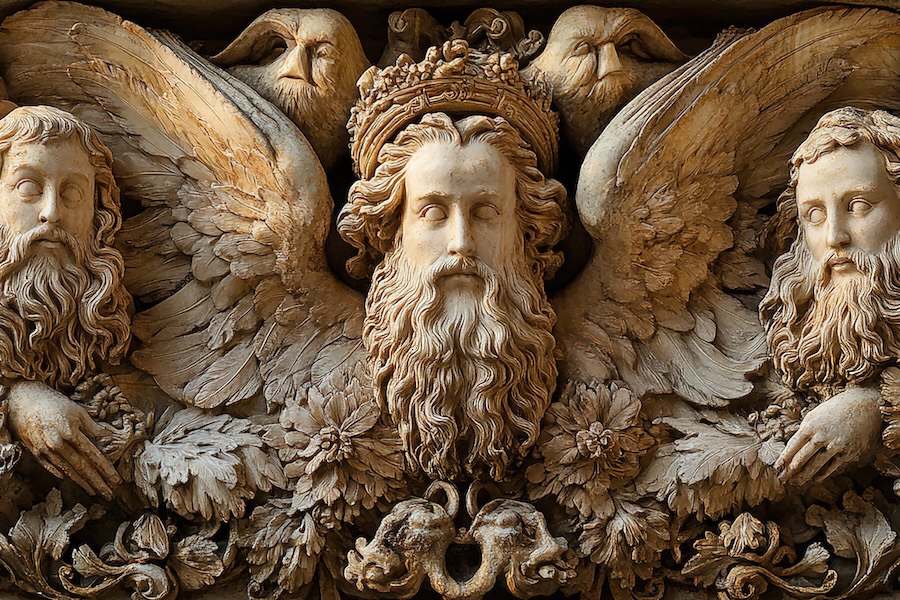
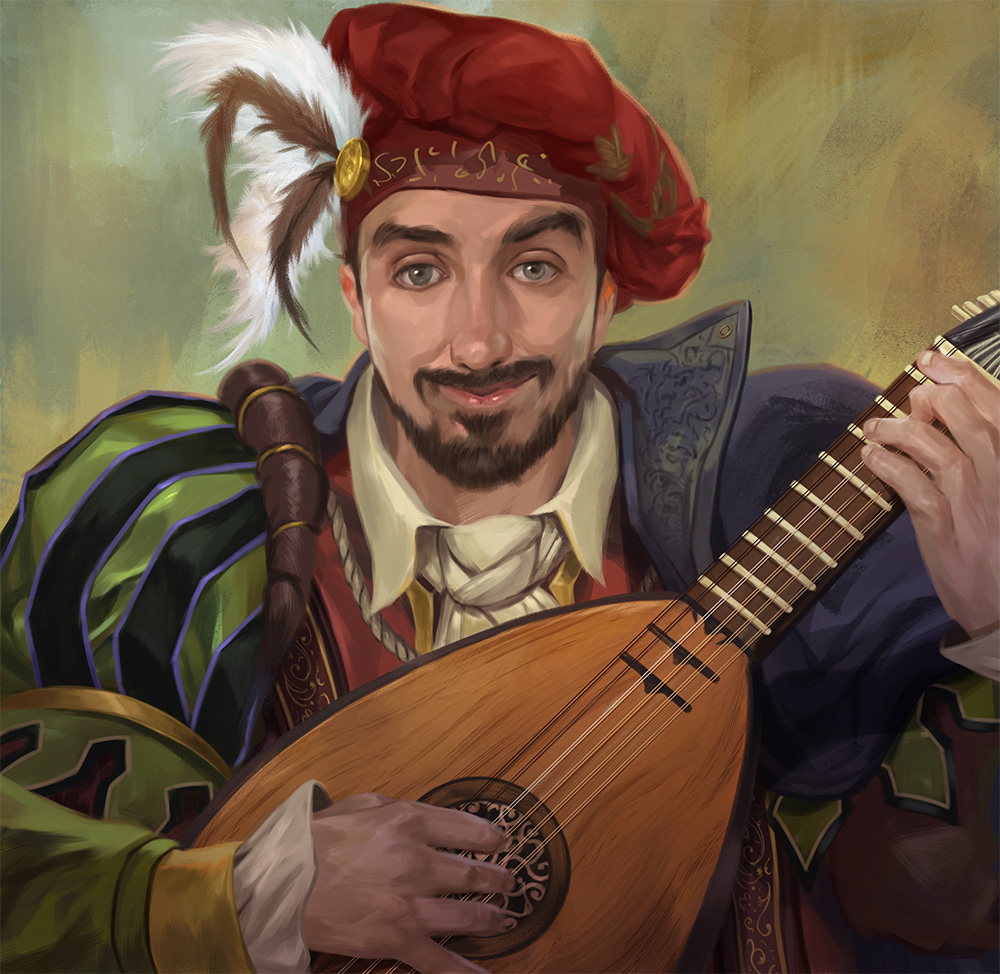 Joe Nightingale, MBBS, MSc
Joe Nightingale, MBBS, MSc

Men are sometimes seen as the plainer of the two sexes. Unlike in other species, men aren’t the ones doing the peacocking. It’s women who wear beautiful dresses, spend hours on their makeup, and devise elaborate hairstyles.
Or is it?
Go back in time, and you’ll see men sporting some of the weirdest historical hairstyles. From whatever men were doing in the 1970s to tonsured monks of medieval Europe, men’s historical hairstyles have signified everything from masculinity and machismo to elegance and religiosity. Let’s go deeper!
Weirdest Men’s Historical Hairstyles
Powdered Wigs
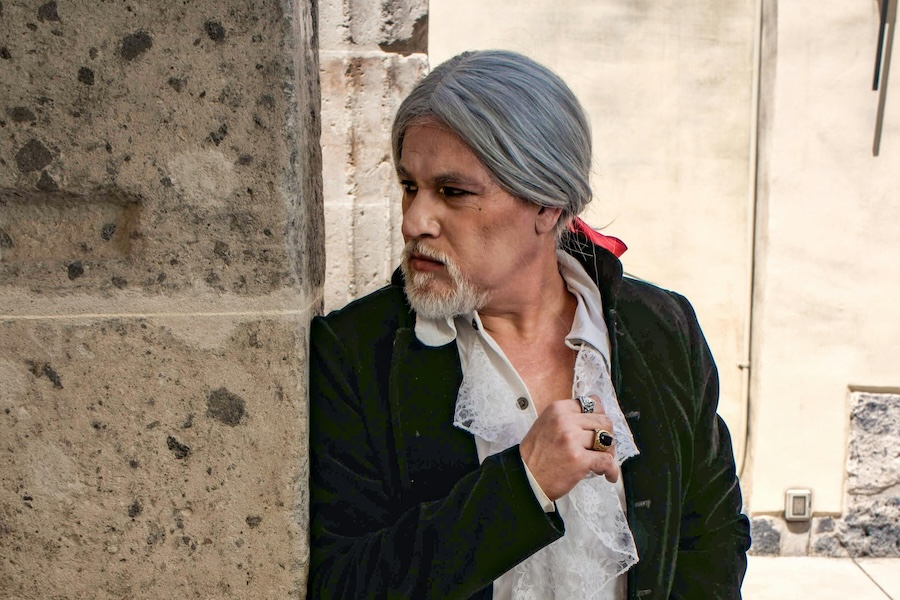
We’re not going to skip over the fact that for almost two hundred years, men in Western Europe galivanted around wearing wigs. Like that happened!? Somehow, it became the style to wear large, elaborate powdered wigs, scented to mask the ungodly odors in the streets.
Such was the trend that it continues to this day – British lawyers and judges must wear wigs as part of their duties in court. These wigs are renowned for their tight curls and shocking white appearance. It’s really quite something!
The Tonsure
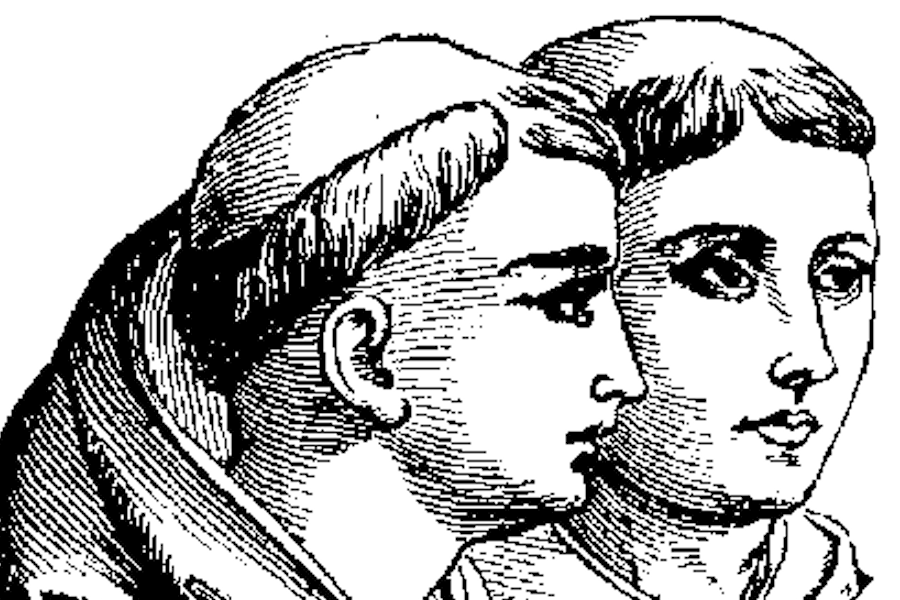
During the Medieval period, the tonsure was a traditional Christian practice where monks or priests would cut or shave the hair from the scalp as a sign of religious devotion or humility. The Celtic Tonsure was a slight variation common in the British Isles, where the entire front of the head was shaved from ear to ear, leaving the back of the hair longer.
The hairstyle served as a reminder of community cohesion, clearly distinguishing clergy or monastic members from their less holy lay counterparts. Furthermore, the tonsure was often seen as a physical manifestation of one's spiritual cleansing and rebirth, symbolically removing the hair to purify the individual in preparation for their sacred duties. It also acted as a perpetual reminder to the community of the clergy's commitment to living a life of sacrifice and spiritual rigor, serving as a living symbol of religious dedication and moral integrity.
The Queue
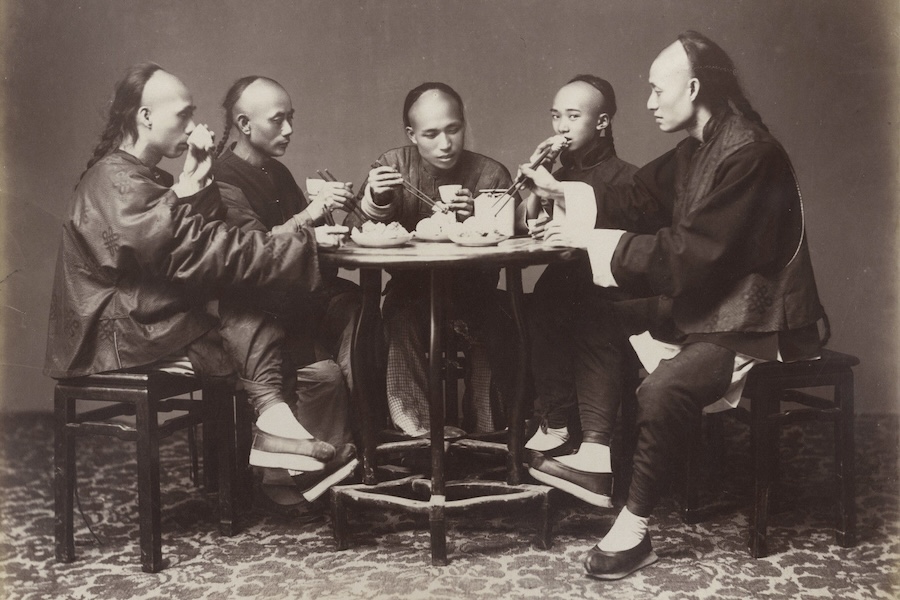
When the Qing Dynasty ruled China, men would frequently shave the fronts of their heads, similar to Celtic Tonsure. The back was grown long and braided into a long tail or “queue”.
As strange as it sounds, the hairstyle became the symbol of the dynasty. It wasn’t merely a trend or a choice – it was an obligation enforced by law. A symbol of submission to the ruling royal family. And what was the punishment for not having this hairstyle? Simple – you had committed treason and would be executed. Talk about killer locks.
The Caesar Cut
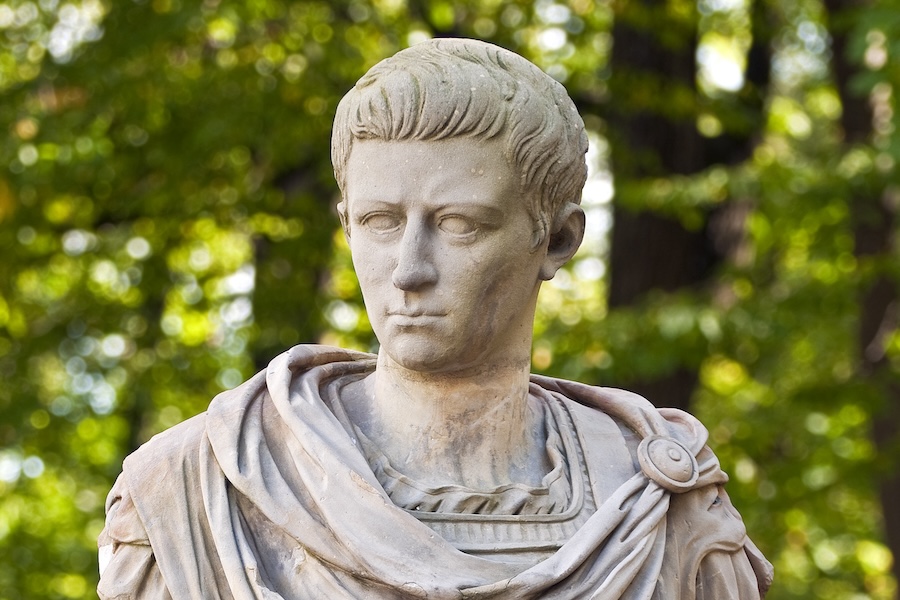
Julius Caesar didn’t just become the term for a ruler for the next two thousand years – he also popularized a hairstyle. This haircut involved short hair, cut straight around the head at about the level of the forehead, often with a fringe or bangs.
This simple, no-nonsense style was practical for soldiers. It became the symbol of the emperor’s connection to the legions and a lasting Roman fashion trend.
The Liberty Spike
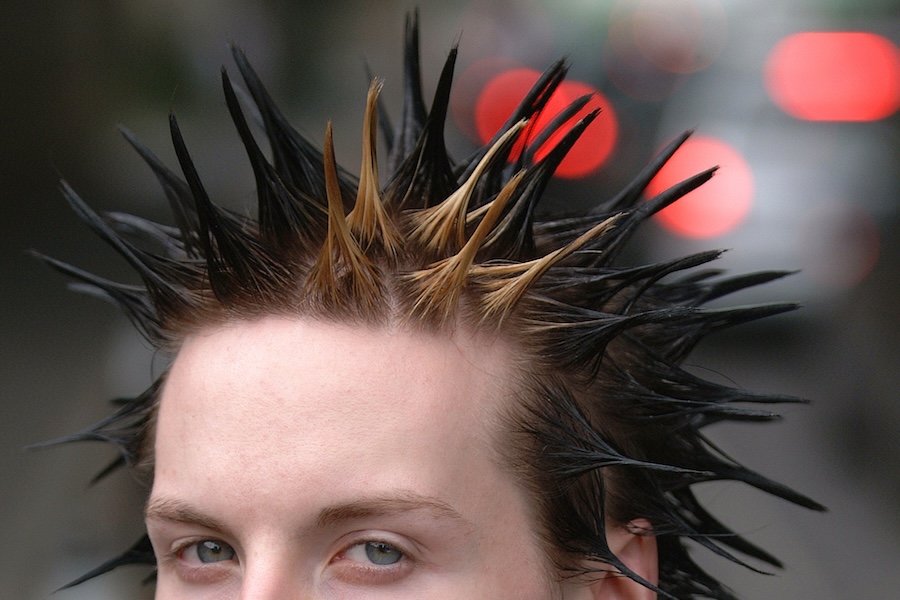
Liberty spikes are one of the wildest men’s hairstyles in human history. During the 1970s and 1980s, young punk rockers used a copious amount of hair gel (or even soap or egg whites) to transform their hair into thick, upright spikes.
The result was instantly recognizable – a symbol of the counterculture and defiance of the establishment. It was the ultimate part of punk rock’s aesthetic.
The Bowl Cut

The Bowl Cut has been around for a thousand years or more. Despite nobody really likes it, it’s too simple and easy to ever go away. You put a bowl on your head, cut the hair below the line, and you’re done. It saw a bit of resurgence in the 1960s and 1990s but has thankfully passed back into the sands of time.
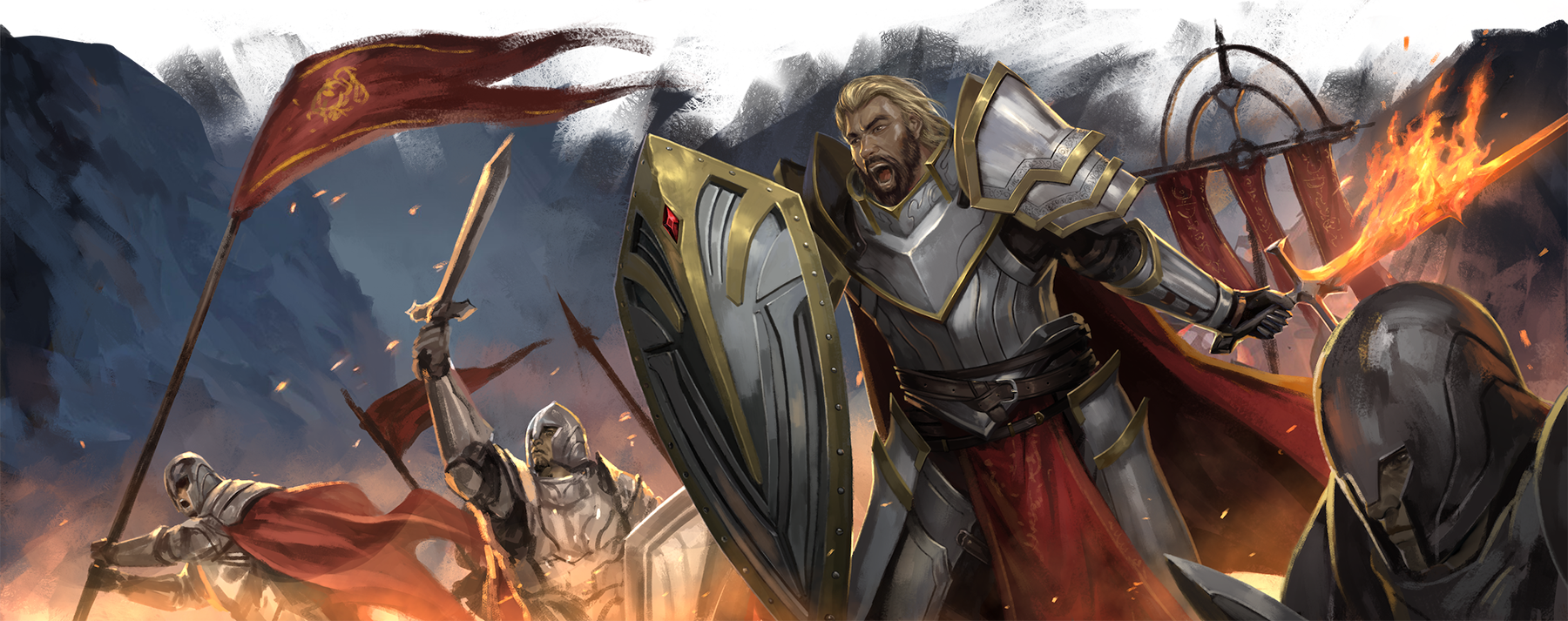
No comments yet…